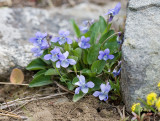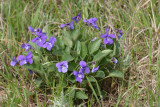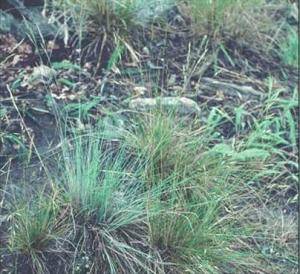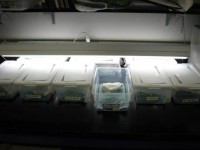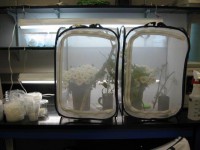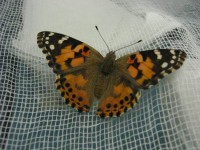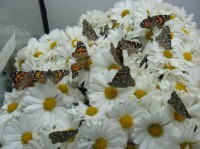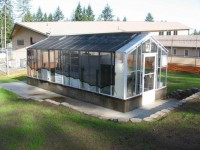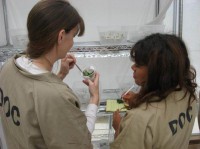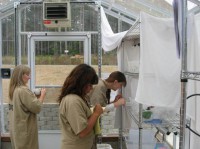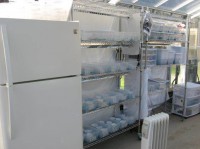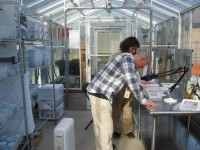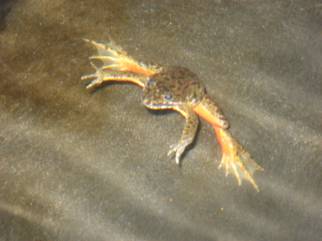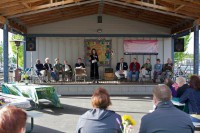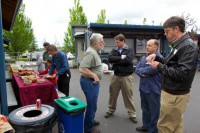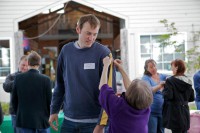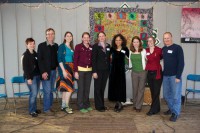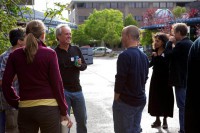By Graduate Research Associate Evan Hayduk
Basic information:
Viola adunca, or early-blue violet, is a short perennial with short slender rhizomes. Leaves are alternate, heart shaped to ovate. The flowers of this viola are blue to deep violet, but can often be whitish at the base. Flowers have 5 petals, and bloom from April to August. Fruit are born in capsules with three valves, and the explosiveness of the splitting of the capsules often makes seed collection tricky.
Ecological Importance:
The Mardon skipper (Polites mardon) butterfly depends on Viola adunca as a spring-flowering nectar source. The small orange butterfly is found on two South Sound prairies, and is listed as a State Endangered Species and is a Federal Candidate Species. Zerene fritillaries (Speyeria zerene) also use Viola adunca, but as a larval host. Three subspecies of the Zerene Fritillary are listed on the U.S. Endangered Species List, including the Oregon Silverspot which is classified as threatened in California, Oregon and Washington.
Studies have found that Viola adunca are poor competitors, and are easily displaced by invasive species. Non-native grasses increase thatch density and vegetation height, compete for resources and reduce open space for germination and thus reduce Viola adunca populations. Experiments also show that fire stimulates germination in Viola adunca, and fire could be used to increase Viola adunca populations and provide more area for nectar and larval hosting for butterflies.
Fun facts:
Violet leaves contain more vitamin A than spinach, and a half-cup of leaves has more vitamin C than four oranges! Now, don’t go out and start eating, Viola adunca is a very important larval host and nectar source for threatened butterflies. Another reason to limit consumption: its rhizomes, fruits and seeds are poisonous. Adunca means hooked, and other common names include the hooked-spur violet and the western dog violet.
